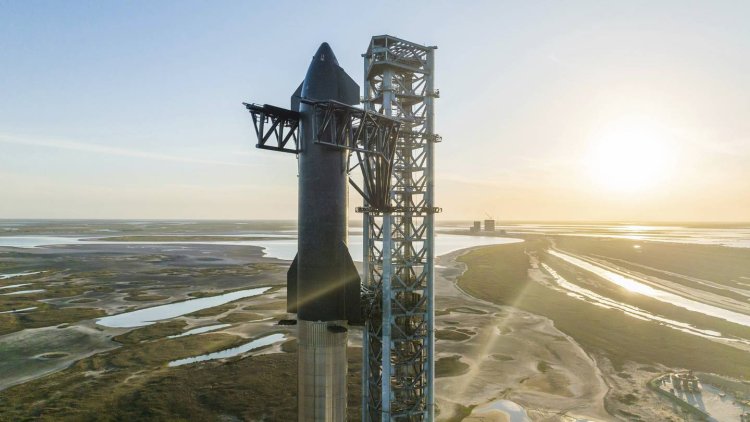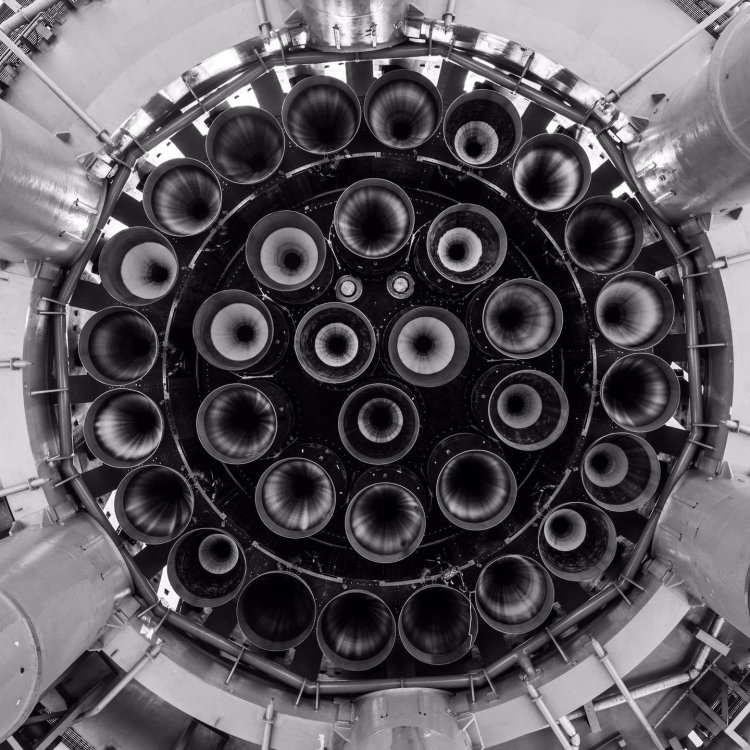SLS May Be Replaced by SpaceX

NASA’s Space Launch System roared off the launch pad at Kennedy Space Center and into the record books, for now.
The SLS rocket, using a combination of two solid rocket boosters with a core stage consisting of four repurposed RS-25 engines from the space shuttle program, produced 8.8 million pounds of thrust to lift the Orion spacecraft into orbit and help send it on its way to the moon for the uncrewed Artemis I mission.
Its success makes it the most powerful rocket to ever blast into space, besting the power of the Saturn V rockets used during the Apollo moon missions five decades ago, which produced 7.5 million pounds of thrust.
The Soviet Union attempted to launch a rocket called the N-1 on four attempts from 1969-1972 that produced 10.2 million pounds of thrust, but they all failed midflight and never made it to space.
That makes SLS the space rocket king, and its performance was close to perfection, said NASA Artemis mission manager Mike Sarafin.
“I will simply say that the results were eye-watering. The rocket performed and or exceeded expectations,” he said during a recent news conference.
The SLS design is similar to the approach of the space shuttle, the launches of which produced a little over 6.4 million pounds of thrust during their run from 1981-2011. Space shuttle launches, though, had only three RS-25 engines fed by fuel from the massive external fuel tank, while its two solid rocket boosters were not as tall as the SLS versions, which string together in five segments instead of four.
Of note, the reusable RS-25s have all flown several shuttle missions including on Atlantis, Endeavour, Discovery and even one used on a previous Space Shuttle Columbia flight before it was destroyed in 2003 returning from orbit.
NASA touts SLS as the only rocket capable of transporting both crew and cargo for its deep-space destinations. A crewed Artemis II flight on an orbital moon mission is slated for no earlier than May 2024.
Artemis III, which looks to return humans, including the first woman, to the lunar surface for the first time since Apollo 17 in 1972 is scheduled for no early than the following year.

Above: This image supplied by SpaceX on July 2, 2022 shows 33 Raptor 2 engines installed at the base of a SpaceX Super Heavy booster prototype that is slated to be flown topped by a Starship for its first orbital test flight that could come before the end of 2022. (SpaceX)
Beginning with Artemis IV, a larger version of the SLS using what NASA calls the Exploration Upper Stage, looks to cart parts of a small lunar space station called Gateway to help lay the groundwork for a continued presence at the moon. Beginning with Artemis IX likely not until the 2030s, a new version of the solid rocket boosters look to increase SLS’s power to 9.2 million pounds of thrust at liftoff.
That future, though, could see Elon Musk’s in-development Starship with Super Heavy booster for SpaceX not only take the title of most powerful rocket to make it to orbit but also be considered as an alternative for crew and cargo launch capability.
Using 33 of SpaceX’s new Raptor 2 engines, the Super Heavy booster will produce 17 million pounds of thrust at liftoff, which is nearly double that seen, heard and felt on the Artemis I launch.
The Starship itself has six Raptor 2 engines, and will have the capacity to bring more than 220,000 pounds of crew and cargo to low-Earth orbit, which is slightly more than the current SLS capacity.
The Starship and Super Heavy combination is gearing up for its first orbital test flight from SpaceX’s facility Starbase in Boca Chica, Texas. It last performed a static fire on Nov. 14 with 14 of the engines with Musk posting to Twitter the launch attempt could be coming up before the end of this year.
Sourced from Orlando Sentinel.

 Local News Staff
Local News Staff 
















